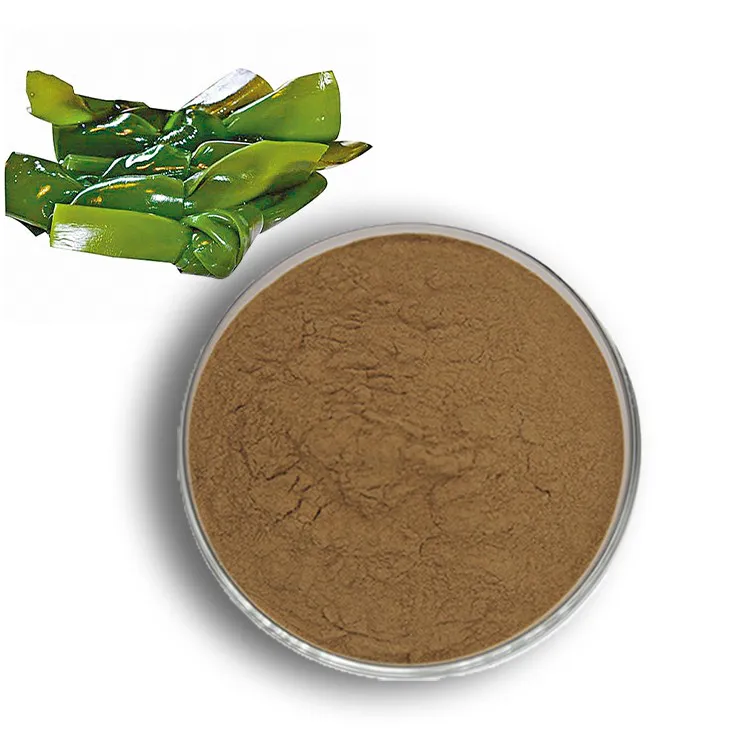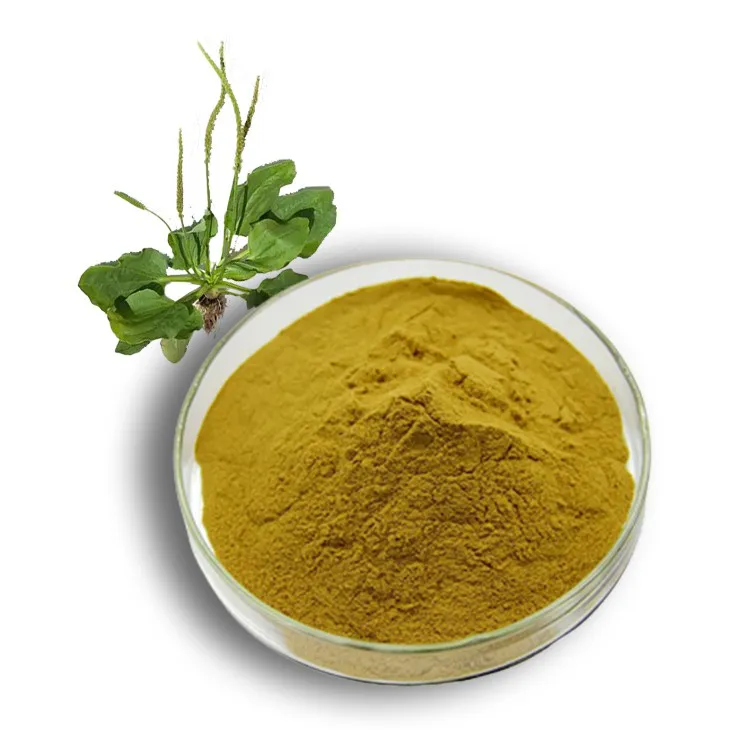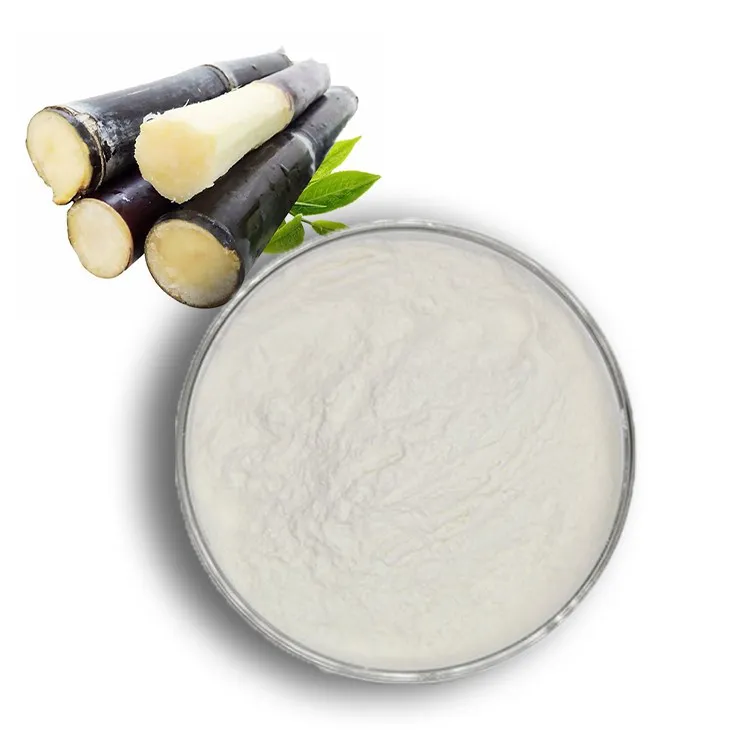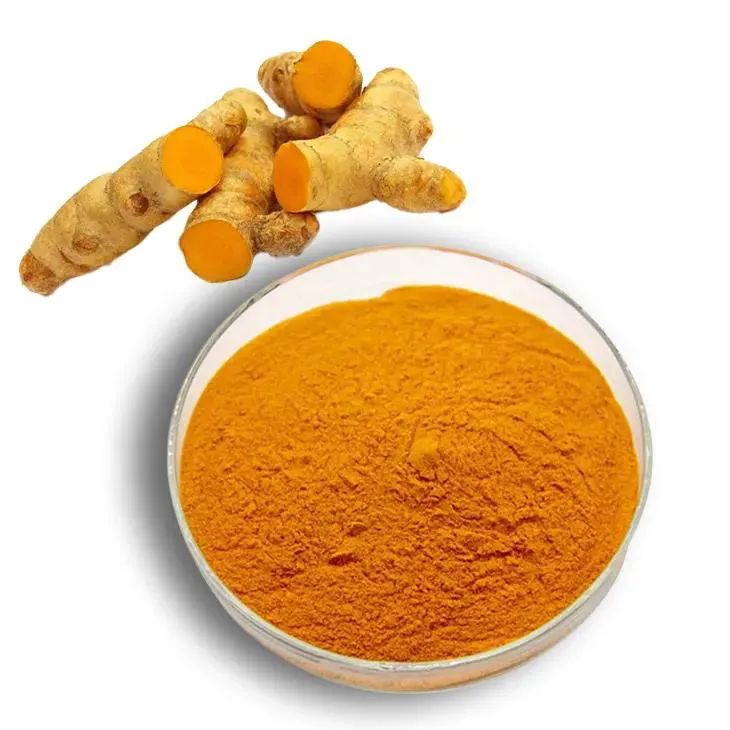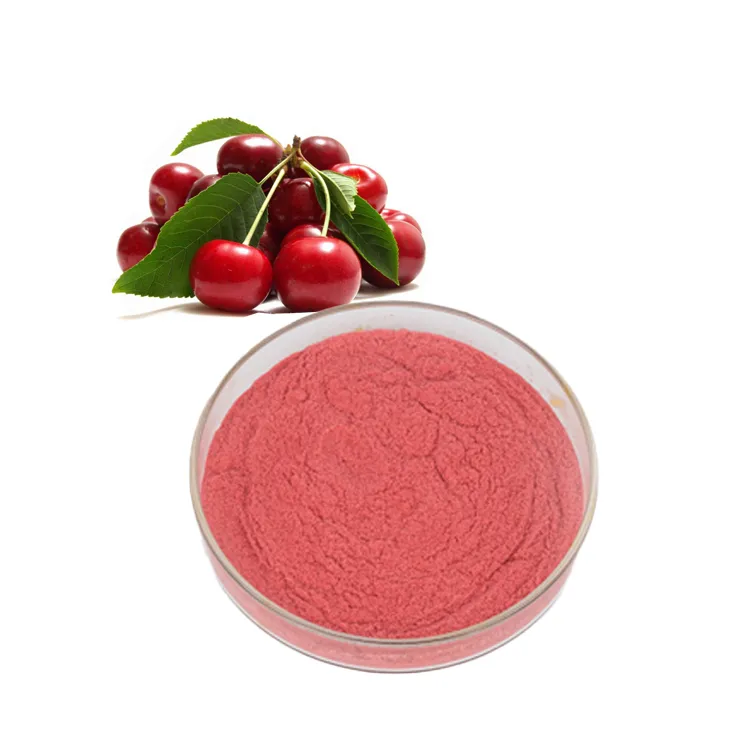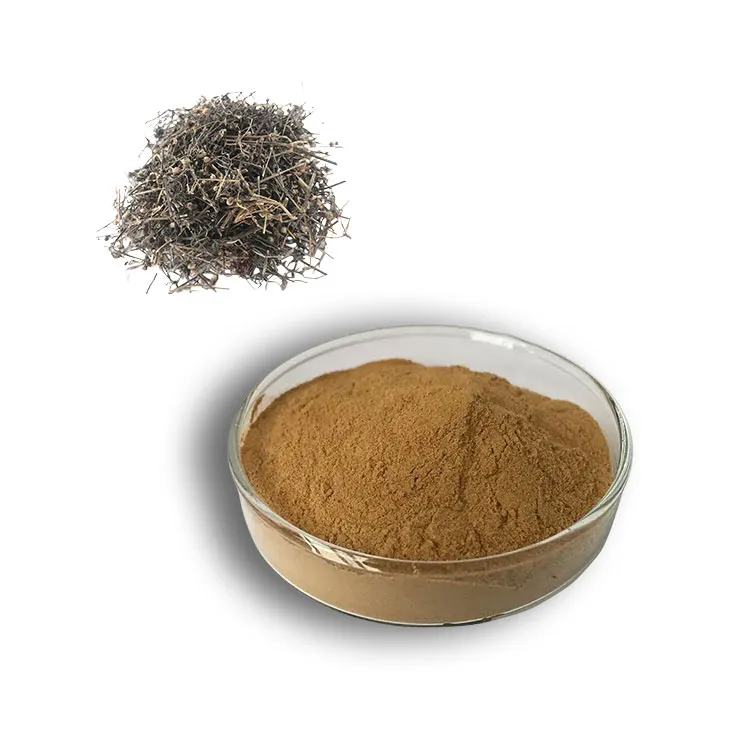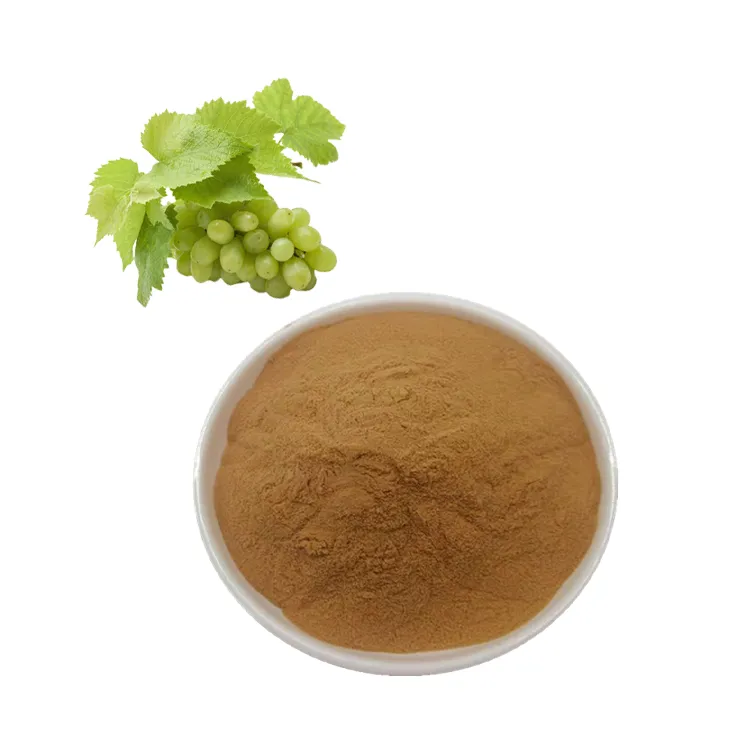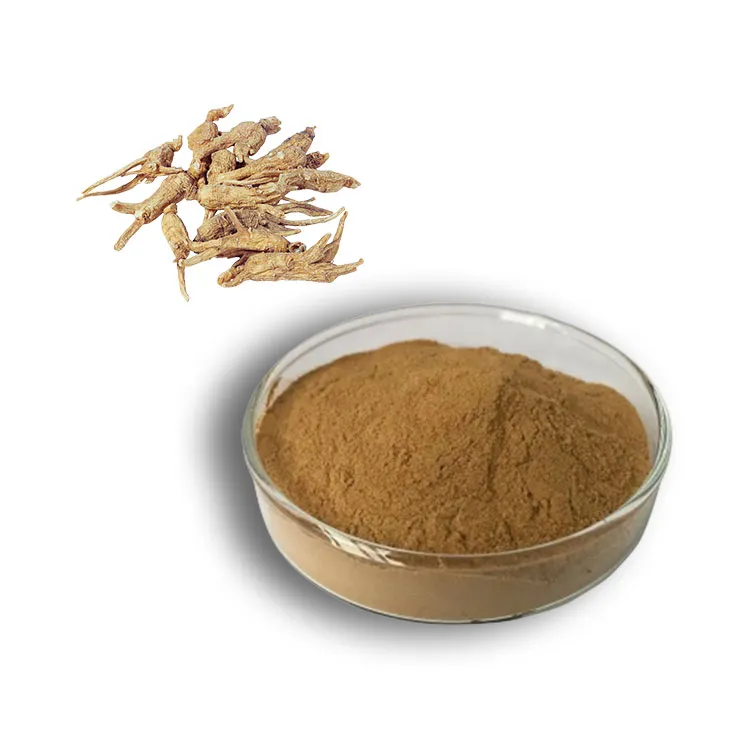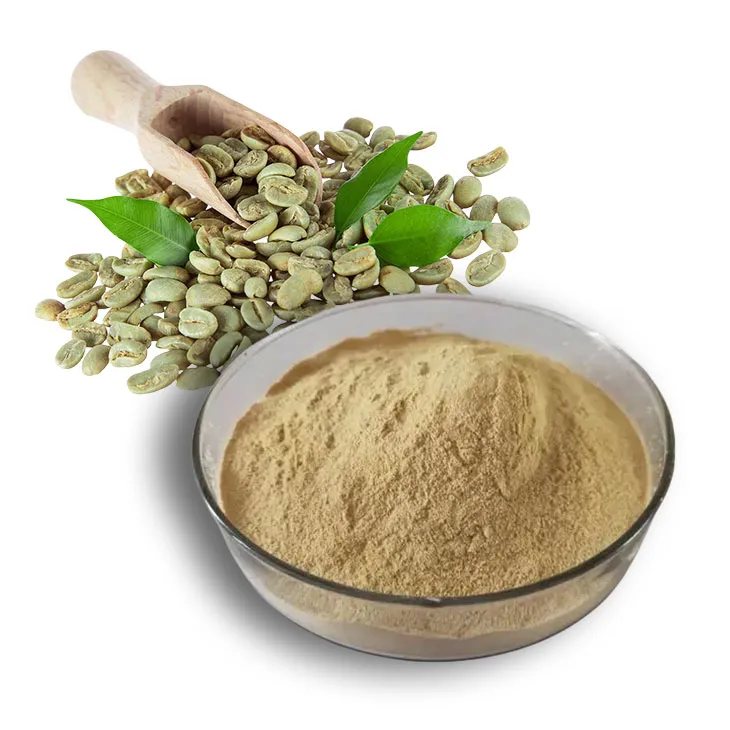- 0086-571-85302990
- sales@greenskybio.com
Rice-Only Regimen Sparks Weight Loss Hype but Carries Major Nutrient Risks
2025-07-31
A regimen built around bowls of white rice once promised to tame soaring blood pressure and failing kidneys. Ninety years later, the “rice diet” is again trending on social media as a rapid-slim plan—but nutrition scientists warn that the strict, low-protein program can drain muscle mass, stall metabolism and leave followers short on key nutrients.
Origins and claimed benefits
German-born physician Walter Kempner introduced the diet at Duke University in the 1930s to treat malignant hypertension and kidney disease—conditions that had few medical options at the time. Patients ate up to a pound of cooked white rice per day plus fruit, juice and sugar, sharply limiting sodium and protein. Early case reports showed drops in blood pressure and edema; some patients also lost considerable weight.
In 2006, Duke physicians David and Mary Kempner repackaged the plan in The Rice Diet Solution, touting quick weight loss, reduced bloating and better control of diabetes and heart disease.
Three-phase plan
• Phase 1 (Detox, 800–1,000 kcal): Mostly rice, fruit and juice for one to two weeks.
• Phase 2 (Weight loss, 1,200–1,500 kcal): Adds vegetables and small portions of lean protein.
• Phase 3 (Maintenance): Gradually widens to dairy, healthy fats and whole grains while still prioritizing rice and produce.
Key concerns
1. Nutrient gaps: The early stages lack adequate protein, healthy fats, calcium, vitamin B12 and iron, potentially weakening immunity and impairing hormone production.²
2. Muscle loss: Insufficient amino acids drive the body to break down lean tissue, lowering resting metabolic rate and making long-term weight maintenance harder.³
3. Metabolic slowdown: Extreme calorie cuts can push the body into “starvation mode,” conserving energy and blunting future fat loss.⁴
4. Hyperkalemia risk: For kidney patients, even modest potassium surges from fruit can be dangerous without medical oversight.
5. Limited evidence: Of 192 original participants, 25 died from hypertension and many saw little improvement. Modern randomized trials are lacking.
White vs. brown rice
Diet developers favor white rice for renal patients because it contains less phosphorus and potassium than brown rice, easing the kidneys’ filtering burden.⁵
Expert view
“The rice diet teaches portion control and slashes sodium, but its protein and micronutrient deficits make it an unsustainable approach for most people,” said Aviv Joshua, MS, a member of Verywell’s Medical Expert Board. Registered dietitians recommend balanced plans rich in lean protein, healthy fats and a spectrum of fruits and vegetables instead of single-food regimens.
Bottom line
Short spurts on a rice-centric menu may tip the scale downward and temporarily lower blood pressure, but doctors urge anyone considering the diet to consult a clinician first—and to remember that sustainable health rarely comes from eating one food in near isolation.
- ▶ Hesperidin
- ▶ Citrus Bioflavonoids
- ▶ Plant Extract
- ▶ lycopene
- ▶ Diosmin
- ▶ Grape seed extract
- ▶ Sea buckthorn Juice Powder
- ▶ Fruit Juice Powder
- ▶ Hops Extract
- ▶ Artichoke Extract
- ▶ Mushroom extract
- ▶ Astaxanthin
- ▶ Green Tea Extract
- ▶ Curcumin
- ▶ Horse Chestnut Extract
- ▶ Other Product
- ▶ Boswellia Serrata Extract
- ▶ Resveratrol
- ▶ Marigold Extract
- ▶ Grape Leaf Extract
- ▶ New Product
- ▶ Aminolevulinic acid
- ▶ Cranberry Extract
- ▶ Red Yeast Rice
- ▶ Red Wine Extract
-
Kelp Extract Powder
2025-07-31
-
Bitter Melon Extract
2025-07-31
-
Plantain extract
2025-07-31
-
Sugarcane Extract
2025-07-31
-
Curcuma Longa Extract
2025-07-31
-
Acerola Extract
2025-07-31
-
Hedyotis Diffusa Extract
2025-07-31
-
Grape Leaf Extract
2025-07-31
-
Angelica sinensis extract
2025-07-31
-
Green coffee bean Extract
2025-07-31











